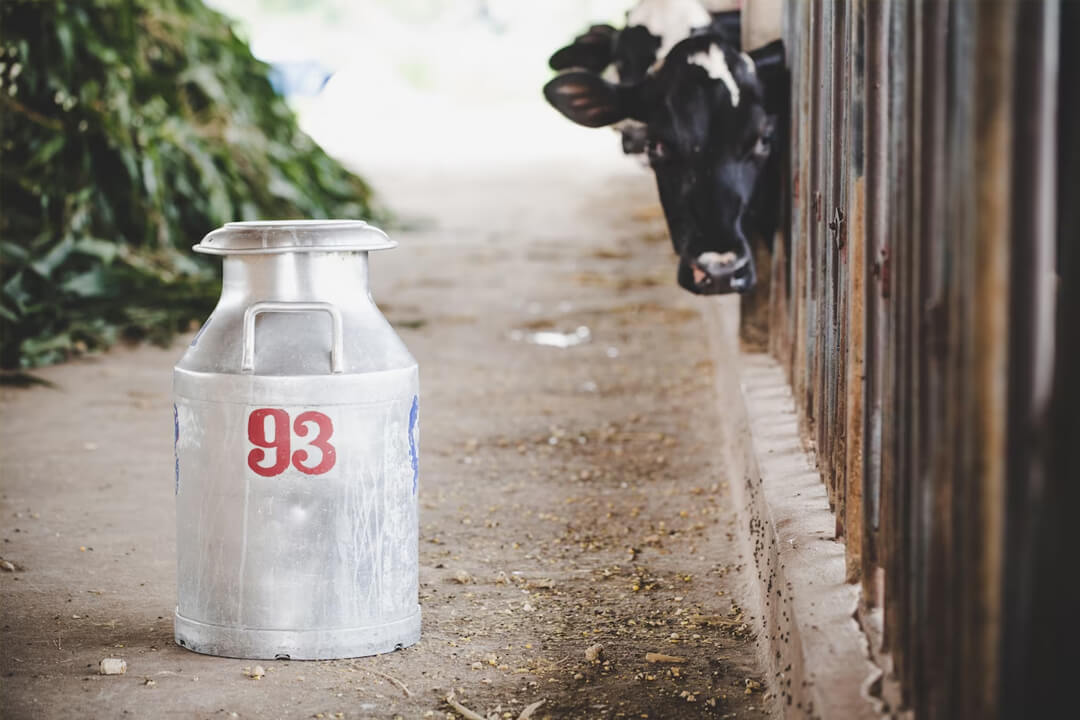
NAMIBIA – The dairy sector in Namibia has displayed promising potential for significant growth, even in the face of several challenges experienced over the years, including a decline in participating farmers and raw milk production. While the production of raw milk in the country experienced a drop from 23.9 million litres in 2018 to 15.0 million litres in 2021, the sector showed signs of stabilization in 2022, witnessing a 3.8% increase in volume from the previous year, as reported by the Dairy Producers Association (DPA).
The DPA highlighted that an improvement in raw milk production, coupled with a price increase towards the end of the last year, which is reflected in the fourth quarter of 2022 as a 5.2% increase year-on-year, contributed to a 5.3% rise in production value. The estimated production value rose from N$93.7 million to N$98.6 million, indicating that the sector indeed possesses growth potential. However, the DPA also emphasized the importance of ensuring sustainable growth to guarantee long-term success for the Namibian dairy industry.
Namibian Popular Democratic Movement (PDM) leader, McHenry Venaani, acknowledged the vital role played by the dairy industry in generating employment opportunities and supporting local communities. He also expressed concern over the challenges currently faced by the Namibian dairy sector, including declining production levels and the price-cost squeeze that has forced some producers to exit the industry.
In response to the difficulties experienced by the dairy sector, the Namibian government proposed new regulations aimed at addressing the high import volumes of dairy products into the country. These regulations are intended to provide breathing space and protection to enable local industries to grow and thrive. The implementation of protective measures is viewed as essential to preventing the potential collapse of the dairy sector in Namibia.
During a public consultation convened by the Namibian Ministry of Trade and Industry to discuss possible quantitative restrictions on dairy imports under the Import and Export Act, the Dairy Producers Association (DPA) voiced concerns, stating that creameries in all major towns had already been forced to close due to the challenging market conditions.
A sector review conducted by the Namibia Trade Forum revealed that retail shops were enjoying the highest margins on dairy products, leaving farmers with significantly smaller shares of the sale price. This economic disparity highlights the need for fair and equitable pricing structures to support local producers and incentivize dairy farming in the country.
Figures provided by the owners of Namibia Dairies further highlighted the cost discrepancy in raw milk production between Namibia and neighboring regions. In 2012, the raw milk production costs were recorded as low as “N$2.46 per litre in Kwazulu Natal, N$2.84 in the Western Cape, and N$3.05 in Mpumalanga,” while in Namibia, the raw milk production cost was N$4.65. This cost disparity underscores the need for measures to enhance competitiveness and sustainability within the Namibian dairy industry.
During the public consultation, Namibia Dairies representatives provided assurances that if quantitative restrictions were introduced, they would maintain reasonable pricing structures, further reinforcing the commitment to supporting the local dairy sector.
In conclusion, despite facing various challenges, the Namibian dairy sector is exhibiting resilience and the potential for growth. As stakeholders work collaboratively to address the obstacles and implement supportive regulations, the industry stands a chance to overcome its hurdles and thrive. With a focus on sustainable growth, fair pricing, and protective measures to balance import volumes, Namibia’s dairy sector can chart a path towards a prosperous future, contributing to the nation’s economic development and providing opportunities for its communities.
Stay updated with the latest farming tips and agriculture industry news from Africa by subscribing to our newsletter. Don’t miss out on valuable insights and updates. Follow us on Twitter, LinkedIn, and Facebook to join our farming community and stay connected with us.



















